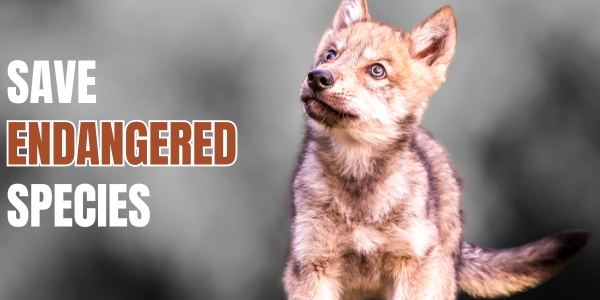Photo credit: USFWS
Jaguar (Panthera onca) | ESA status: endangered
Jaguar
The largest cat species in the Western hemisphere, the jaguar needs big, wild places to reestablish populations in the United States.
Jaguar habitat
Historically, jaguars may have lived as far north as the Grand Canyon in Arizona. However, no females or breeding pairs have been documented in the United States for more than 50 years. In the past several years, male jaguars have appeared in the U.S., including Macho B and El Jefe, famous residents of Arizona. The large, beautiful cats are sometimes seen within 40 miles of the Mexican border, but are rare visitors to the U.S.
What are the threats to the jaguar?
During the 19th and early 20th centuries, these big cats were extirpated from California and Texas and nearly eradicated from Arizona and New Mexico, mainly due to illegal shooting and habitat loss. This resulted in an endangered species listing for the jaguar across a portion of their range in 1972 and across their entire range in 1997.
What WildEarth Guardians is doing to preserve the jaguar
As the result of a settlement agreement with WildEarth Guardians, in 2014 the U.S. Fish and Wildlife Service protected habitat deemed essential for the survival and recovery of the jaguar in the United States. The rule designates 764,207 acres in Arizona and New Mexico as “critical habitat” for the imperiled cat.
Despite this designation, the U.S. Department of Agriculture’s Wildlife Services program has engaged in lethal wildlife management techniques in jaguar habitat, which we have opposed.
Because jaguars need large habitats to thrive, we also intend to make the Greater Gila Bioregion—with its existing 1.1 million acres of wilderness and potential additions of another 2.2 million acres of wilderness—one of the best-protected areas in North America, and ensure that a self-sustaining jaguar population is reestablished there.
Historical Significant Actions
Wildlife Press: Jaguar
New Report Highlights 10 Wildlife Conservation Priorities for the Trump Administration
Joshua tree among List of Imperiled Species: Threatened by Climate Change
Read more >